Huawei Honor 6 Review
by Andrei Frumusanu & Joshua Ho on September 12, 2014 9:00 AM EST- Posted in
- Smartphones
- Huawei
- Android
- Mobile
- Honor 6
Display brightness and accuracy
The 5" 1080p display is manufacutred by JDI. The display is a non-IPS display and the viewing angles are visibly suffering from this, however it's not terrible. It offers excellent brightness and is very visible in bright conditions other than direct sunlight reflections.
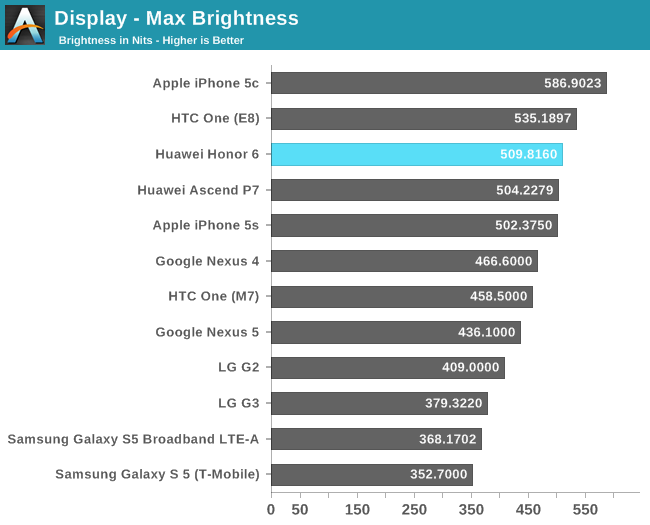
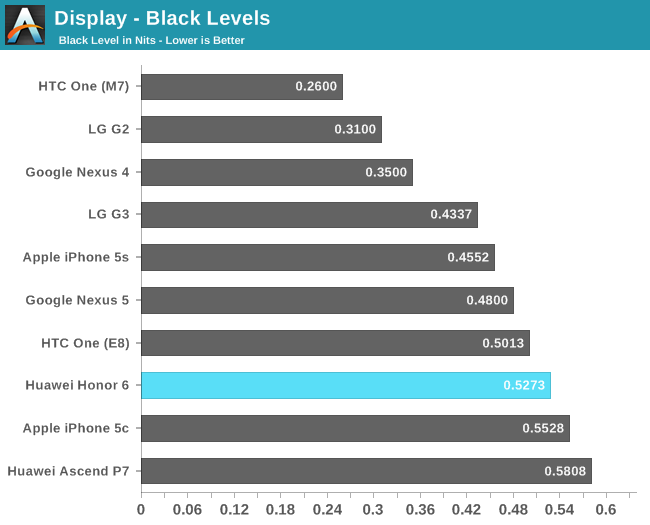
The black levels on the display can be quite disappointing, the light bleed of the display at night-time or on dark content is visible. Here the JDI panel fails to impress and can't compete with competing IPS panels from LG, not to mention AMOLED screens.
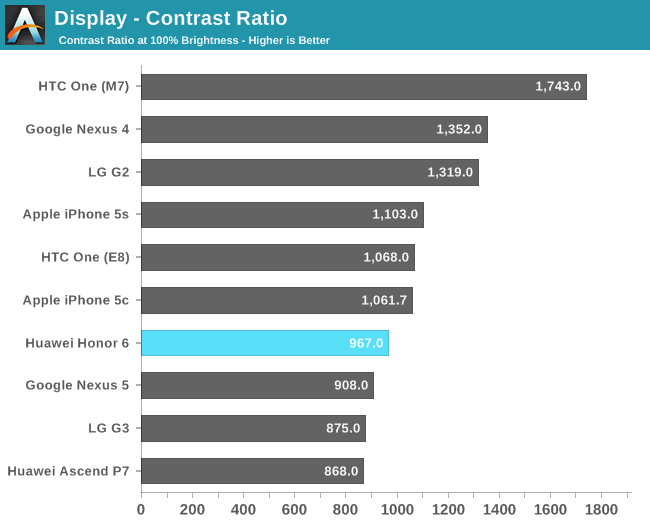
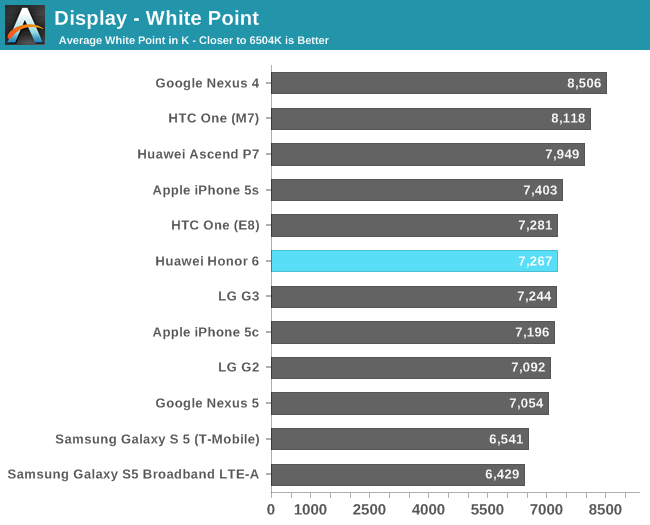
The default colour temperature that the Honor 6 comes configured with falls into the more blue-ish white that we also see from many other LCD manufacturers. The difference is that Huawei offers a colour temperature control in the display settings that allow you to tune this.
Sadly, the slider has no scale and thus it's not possible to determine the white point that you're setting without having calibration equipment, however it's more than enough to customize it to your own preference, and if you have trained eyes, even hit 6500K with it.
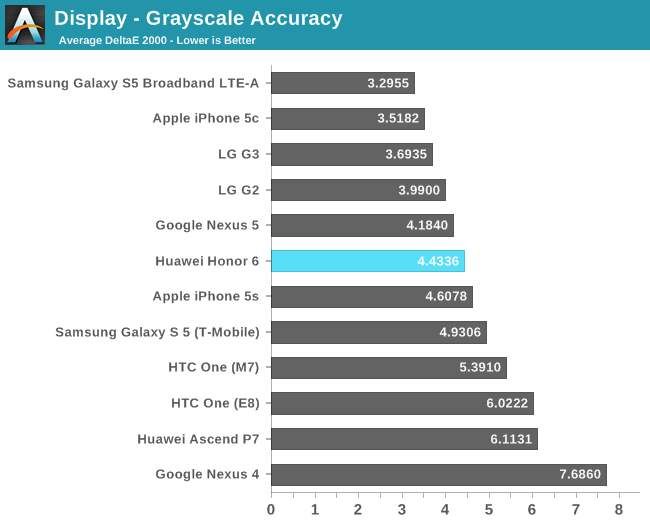
In terms of grayscale accuracy, the Honor 6 falls in the middle ground, neither impressing nor disappointing too much. We see a very low total gamma figure of 1.965, being dragged down by bad calibration in the high brightness levels. The RGB balance is also very off with too much blue while in the display's default colour temperature.
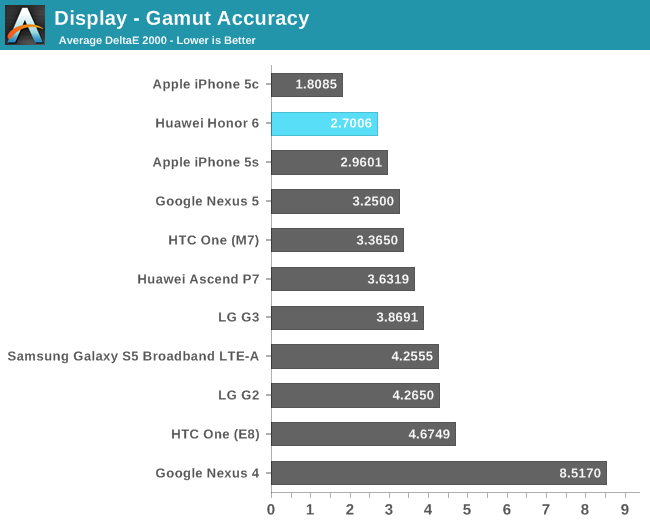

In the sRGB colourspace gamut measurement the Honor 6 seems to perform excellently if you just look at the 100% saturation points. Even the saturation accuracy performance is top-notch, rivalling all but the iPhone 5C's calibration.
If you look at the CIE 1976 saturations chart, you will see that there's some saturation compression going on, mostly notable in the green and red spectrum.
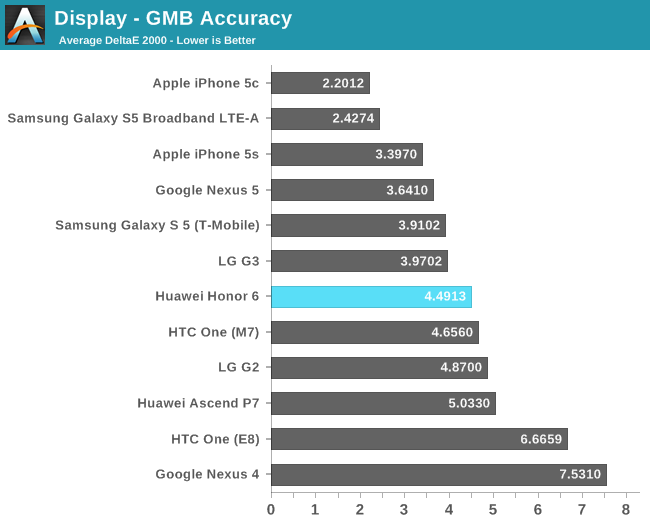
Unfortunately, it's on the GMB accuracy test on which the Honor 6 fails to impress. Due to the default colour temperature's settings, the whole blue spectrum is oversaturated and misses the target colours, greatly bringing down the overall DeltaE for this test.
All in all, the Honor 6 offers a good display. Its weakness lies in the viewing angles which remind me of Sony's original Xperia Z, and the not so good black levels. With the included temperature controls in the OS, you are able to fix the blueish display if you wish so, but Huawei could have definitely included display profiles for this functionality that would have offered true 6500K whites.
720p "Rog" mode
Huawei offers a mysterious "Rog technology" switch in the main settings, without much explanation on what it does or how it works. While playing around with it I found that it's nothing else than a switch to run the phone in 720p. It resets Android's window-manager to 720x1280 and requires a reboot each time you switch it on or off. The DPI of the OS and all graphics are also reduced to maintain the same aspect-ratio of the UI elements. This is the first time I've seen an OEM make use of this and presents itself as an interesting option for people who feel that 1080p is a waste on current smartphones.
I tried to capture the effect with a macro shot of small text, arguably the most noticeable instance where this would be visible. For comparison, the above is a full-screen screenshot of what I was trying to magnify.
720p rendering interpolated to 1080p

The results are quite intriguing, the 720p offered little added jagginess as the hardware was able to do quite good quality upsampling to the screen's native 1080p. In general what you would notice is more of a blurriness and reduction in sharpness. I could definitely see people with not so perfect eyesight using this mode at all times as it reduces the load on the GPU and improves performance and battery life.
Ideally, it would be interesting to see a 720p mode on 1440p screens as it would offer perfect scaling, with one logical pixel being mapped to exactly four physical ones, without the need for interpolation and upscaling artifacts.


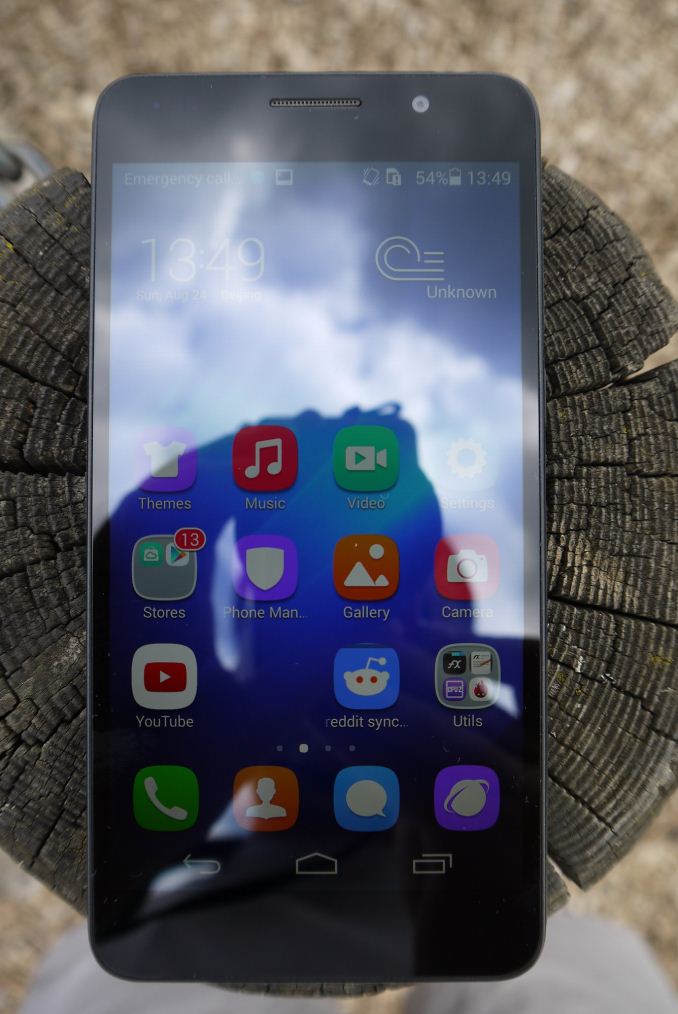
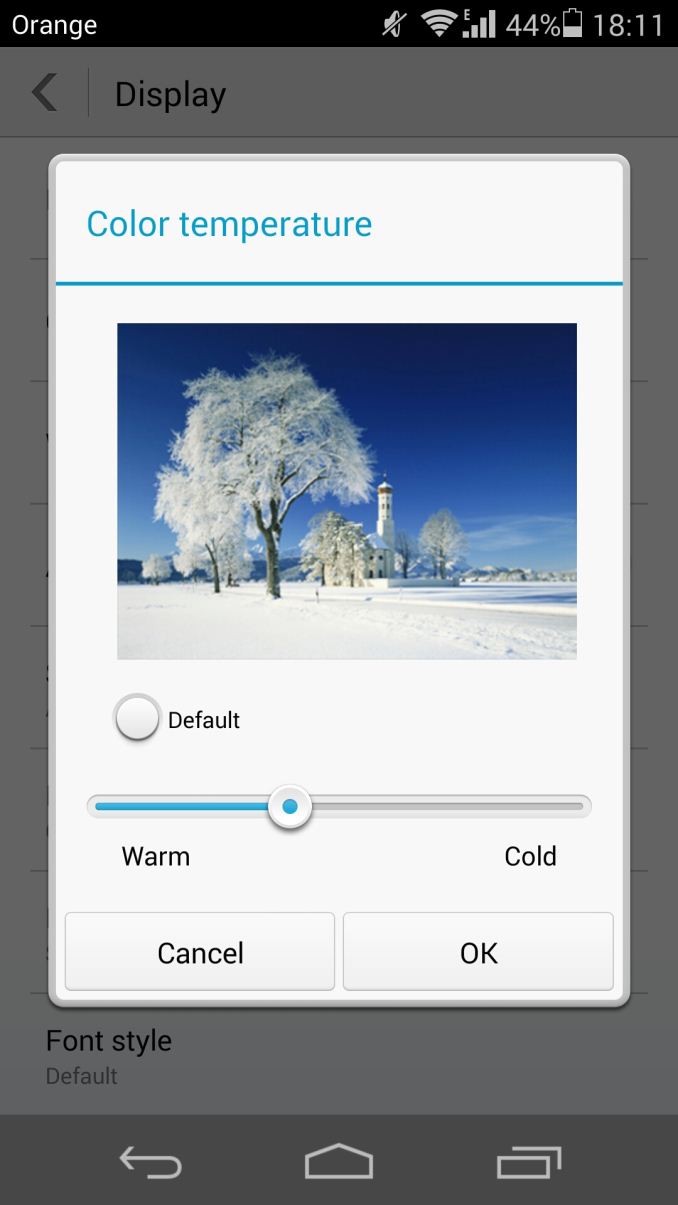
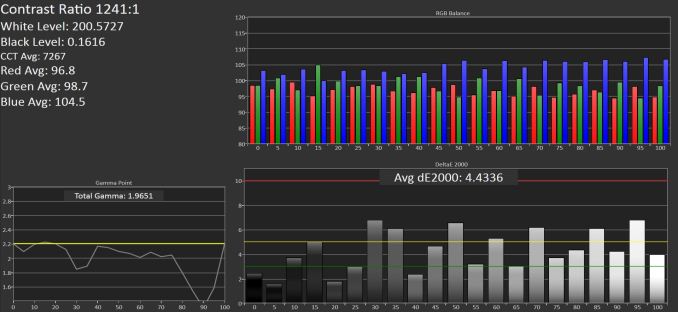
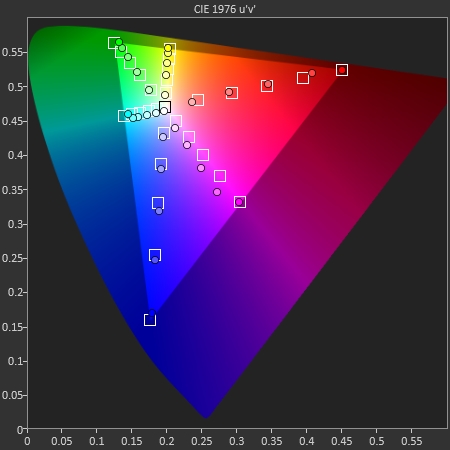
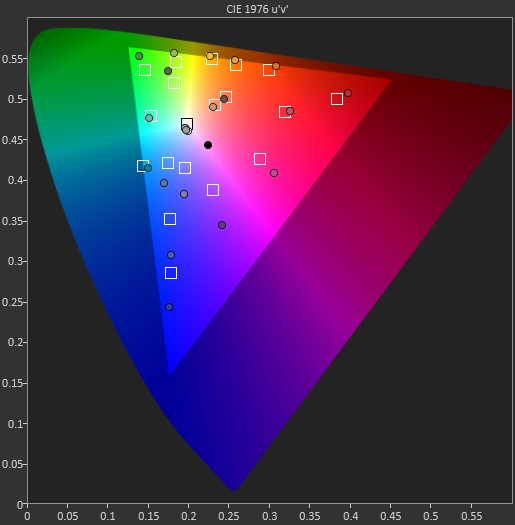
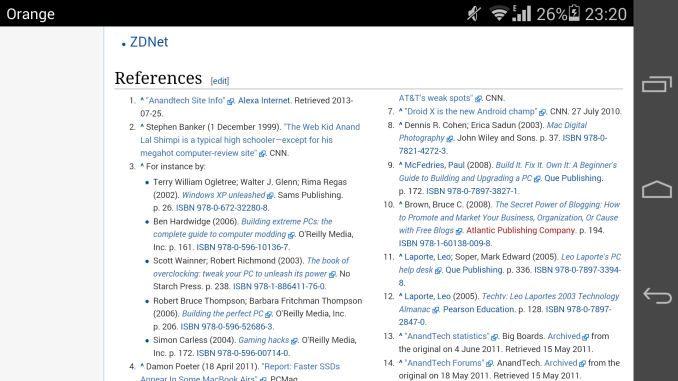
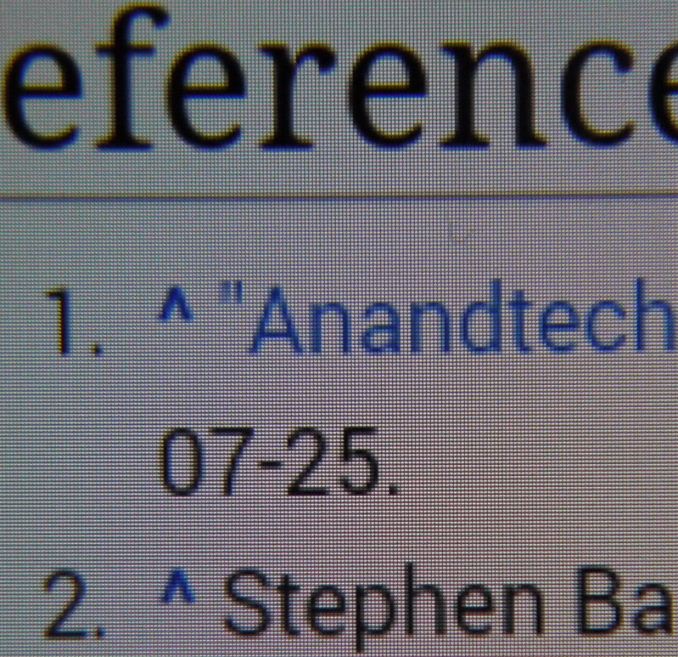








59 Comments
View All Comments
semo - Friday, September 12, 2014 - link
Why no user replaceable battery? I've heard all the reasons why I shouldn't care but I still want one and wonder if planned obsolescence is the only reason for not including it.Also, is Qi an option for this phone?
Andrei Frumusanu - Friday, September 12, 2014 - link
There is no Qi charging option.semo - Friday, September 12, 2014 - link
Thanks Andrei. I think it is worthwhile pointing out this missing feature in the article just like you did with the non-removable battery. It is important for some!marcokatz - Friday, September 26, 2014 - link
Well said. Also it's important to point at that this is an Apple-wannabe that no way can match up to some of the really highly rated phones out there. /Marco from http://www.consumertop.com/best-phone-guide/Excerpt - Wednesday, October 8, 2014 - link
Yeah bro, you tell em. And Andrea why U no learn Chinese man? I wanna know what that extra stuff does. I'm going to China in like, a minute, like everyone else. What, you don't care about me bro? I love you man.And does it have haptic feed-back for goodness snakes? I want them good vibes in me fingas.
What about a sit test? Most of us reading here have fat arses, do you know sit (test)? I don't know sit (test) but I wanna hear your experience with sitting, maybe try with a heavy object like a cow, yeah a bull sit test.
That'd be great keep up the good work. <3
Murloc - Saturday, September 13, 2014 - link
1. takes up space2. makes the phone structurally weaker
2. planned obsolence/forced service you have to pay a lot for are good ways to make money
Alexey291 - Saturday, September 13, 2014 - link
Takes up literally no space seeing how Samsung S4 and S5 are both smaller and thinner than HTC One (M7 and M8 respectively)Arguably the back that's able to pop off makes the phone LESS prone to breaking as it allows the force to dissipate somewhat better than in the case of a rigid structure which simply breaks.
And lastly I am going to play the world's smallest violin for the POOR POOR manufacturers trying to make a quick buck from planned obsolescence or paid-for battery replacement.
I mean I know anandtech is all about manufacturer interests but I'll care about their concerns and problems the moment they stop earning millions upon millions in profits.
Intervenator - Saturday, September 13, 2014 - link
Are you really saying that the S4 and S5 are thinner than the HTC One because of the replaceable battery? And that it takes up "literally no space"? Really?arsjum - Saturday, September 13, 2014 - link
Not because of, in spite of.Alexey291 - Saturday, September 13, 2014 - link
Thank you sir. That's precisely what I meant. Its thinner and yet it has a replaceable battery. Impossiburu /o\To me personally all that "the replaceable battery is inefficient" nonsense is just that - nonsense. Some companies are just better at making thinner phones and some try to cut corners (and costs) at every possible stage.
And yes Anandtech has historically supported nothing but the manufacturer interests. They have been walking on these eggshells for a long time and that's precisely why they never directly criticise any dubious or greedy decision made by their sponsors :) In fact they sometimes go a step further and tell consumers (like myself) that we are wrong in wanting things like replaceable batteries and microsd slots because they are so "inefficient"
/sigh